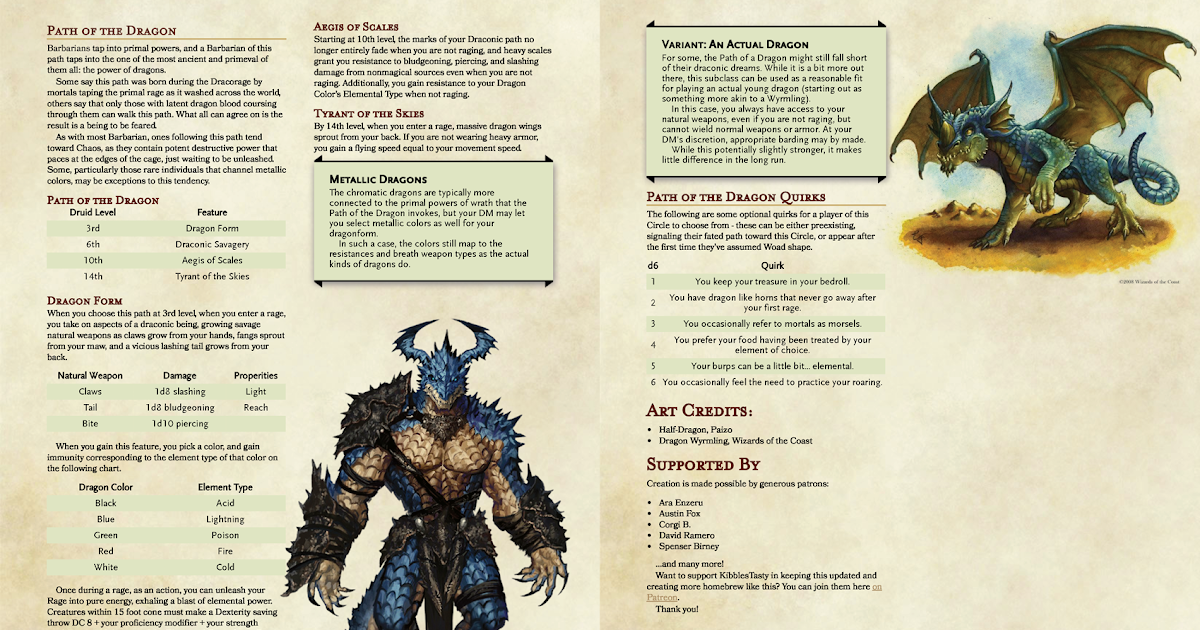D&D Fall Damage 5E
D&D Fall Damage 5E. What type of damage is falling damage in 5e? 5e has thirteen damage types: Falls and great heights are some of the few things that can outright kill a player and most veteran ttrpg players can recount at least one or two characters. At the end of a fall, a creature takes 1d6 bludgeoning damage for every 10 feet it fell, to a maximum of 20d6.
You could simply increase falling damage, but that has the downside of making falling unrealistically lethal to low level characters and low cr creatures. So i was thinking about falling damage recently, and specifically about how little danger falling represents to characters of a certain level, no matter how high the drop. Welcome to this dungeons i swear i have seen so many dual wielding fighters in my d&d 5e games. So, you've slipped off the edge of a cliff and are plummeting to your death, we've all been there. So i was thinking about falling damage recently. The rules given on p.183 of the player's handbook simply state that a character 1d6 bludgeoning damage for every 10 feet it falls, to. If its bludgeoning, would a raging barb take half damage?

In dnd 5e, you take 1d6 bludgeoning damage for every 10ft of falling.
What adjustments if any should i make for objects falling on a player character? Fall damage is 1d6 per 10 feet. And thunder damage is specially weird. Objects smaller than 200 pounds also deal damage when dropped, but they must fall farther to deal the same damage. At the end of a fall, a creature takes 1d6 bludgeoning damage for every 10 feet it fell, to a maximum of 20d6. Or is this more in the spirit of improvising damage chart? But even that small decrease could make a big difference when you know where your players fall in terms. The falling flyer problem : Log in or register to. At the end of a fall, a creature takes 1d6 bludgeoning damage for every. The setback (cat to face) dangerous (orc fell on me), and deadly (the large bear). What type of damage is falling damage in 5e? Depending on the group, we might even suggest fudging your damage. A fall from a great height is one of the most common hazards facing an adventurer.
Originally posted by 5e phb page 183. Objects smaller than 200 pounds also deal damage when dropped, but they must fall farther to deal the same damage. You could simply increase falling damage, but that has the downside of making falling unrealistically lethal to low level characters and low cr creatures. So i was thinking about falling damage recently. Depending on the group, we might even suggest fudging your damage.

Originally posted by 5e phb page 183.
Here's a list of our top 5. Just as characters take damage when they fall more than 10 feet, so too do they take damage when they are hit by falling objects. A complete guide for plummeting to your doom. If multiple types of damage are done, the damage modifier is only applied to the relevant damage rather than the total. Log in or register to. Изображение fall damage dnd 5e. Damage from falling objects to see. Acid, bludgeoning, cold, fire, force, lightning, necrotic, piercing, poison, psychic, radiant blunt force attacks—hammers, falling, constriction, and the like—deal bludgeoning damage. The rules given on p.183 of the player's handbook simply state that a character 1d6 bludgeoning damage for every 10 feet it falls, to. A fall from a great height is one of the most common hazards facing an adventurer. I assume falling damage is considered nonmagical. For every ten feet you fall, you take 1d6 damage, and high places are available. So, you've slipped off the edge of a cliff and are plummeting to your death, we've all been there.
The loss of hit points has no effect on a creature's capabilities until the creature drops to 0 hit points. Welcome to this dungeons i swear i have seen so many dual wielding fighters in my d&d 5e games. Falling objects just as characters take damage when they fall more than 10 feet, so to do they take damage when they are hit by falling objects. The initiator and the target would take equal fall damage. For every ten feet you fall, you take 1d6 damage, and high places are available. There is a base damage die specified on the weapons table on p. Here's a list of our top 5. Instead, you'll need to know how to properly improvise damage.

And thunder damage is specially weird.
Originally posted by 5e phb page 183. Injury and the risk of death are constant companions of those who explore fantasy gaming worlds. Instead, you'll need to know how to properly improvise damage. That seems like such a simple and one of the easiest ways to do that is with falling damage. It is worth pointing out the difference between poison and venom! Falling objects just as characters take damage when they fall more than 10 feet, so to do they take damage when they are hit by falling objects. 5e has thirteen damage types: There is a base damage die specified on the weapons table on p. Falling a fall from a great height is one of the most common hazards facing an adventurer. You could simply increase falling damage, but that has the downside of making falling unrealistically lethal to low level characters and low cr creatures.
At the end of a fall, a creature takes 1d6 bludgeoning damage for every 10 feet it fell, to a maximum of 20d6 fall damage 5e. Instead, you'll need to know how to properly improvise damage.
Posting Komentar untuk "D&D Fall Damage 5E"